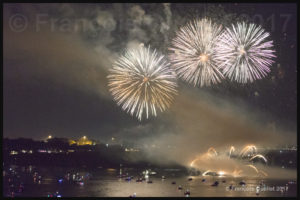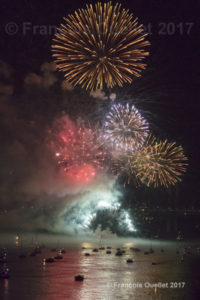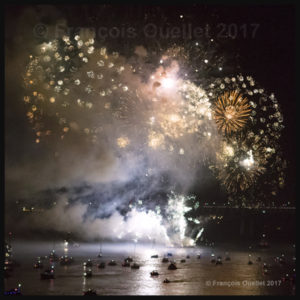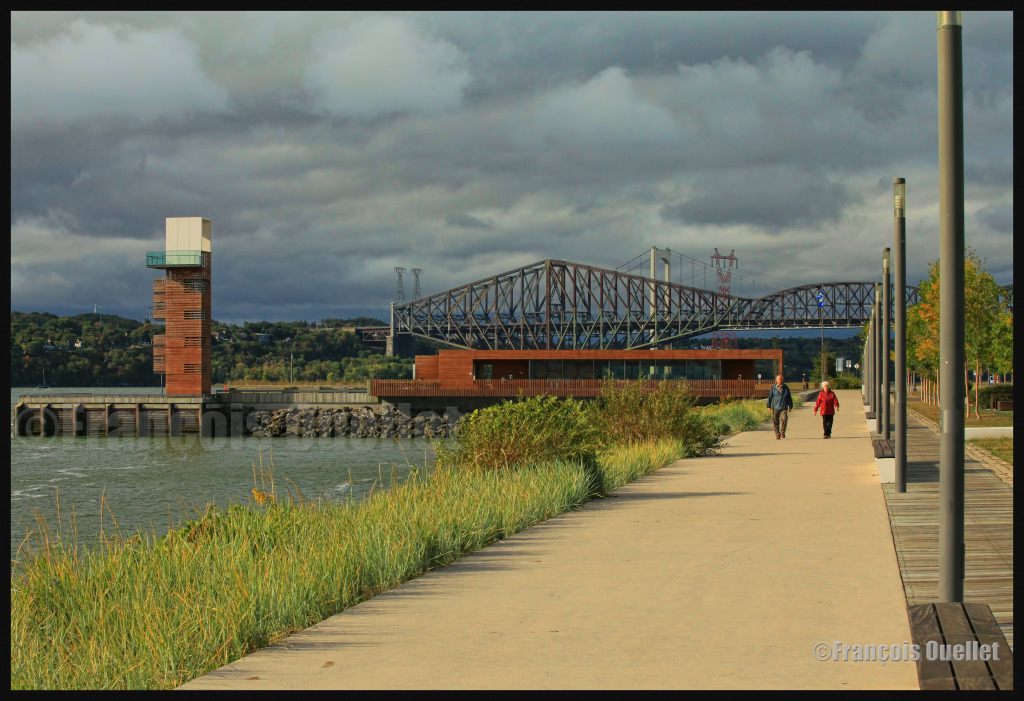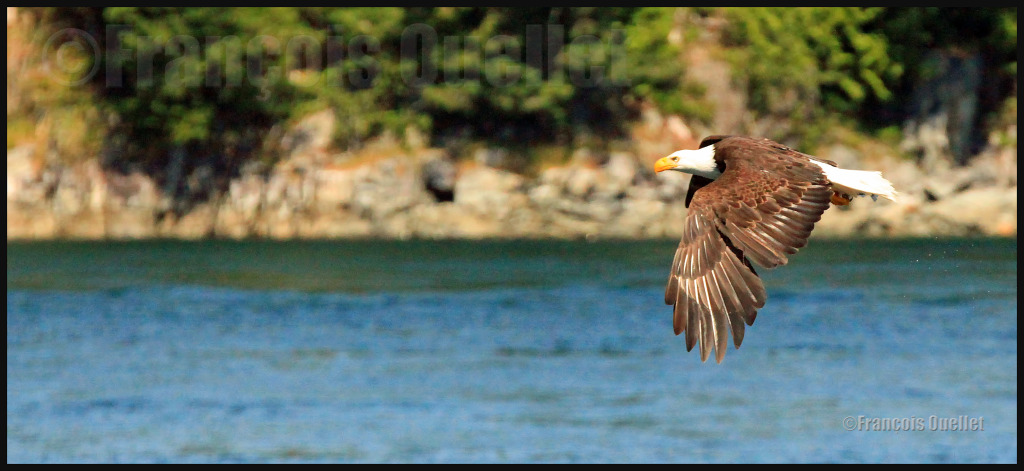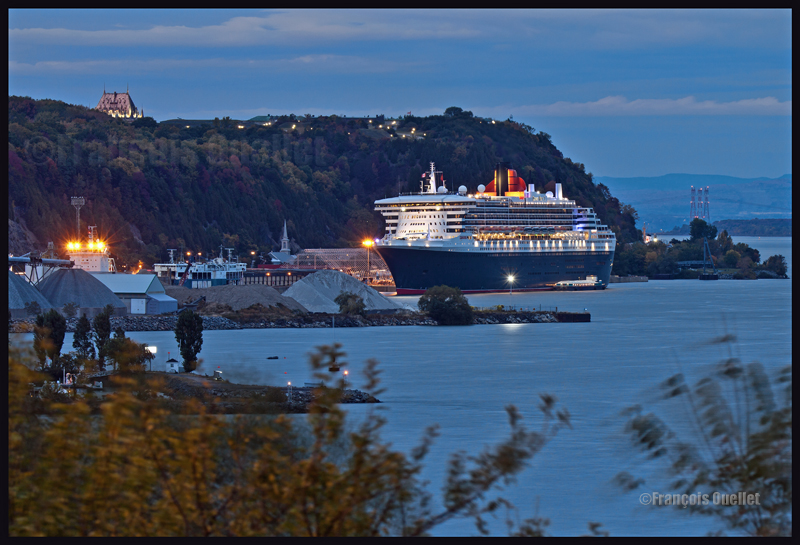The Quebec Bridge, the longest cantilever type bridge in the world, celebrated its 100th anniversary in 2017. For the occasion, several activities were organized in Quebec on September 23rd 2017, culminating with fireworks near the bridge.
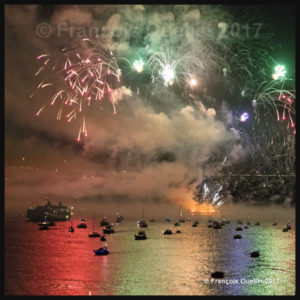
Several workers lost their live while attempting to build the bridge. A Wikipedia article resumes its history: The Quebec Bridge
In 2017, the safety issue was brought back in the news. This time it was about the lack of maintenance that favored an increasing amount of rust on the metallic structure.
The funds that would allow to paint the bridge on a regular basis seems hard to find. The bridge owner, the Canadian National Railway Company, and the different levels of government are attempting to find a solution that would be acceptable for all. This discussion has been going on for years. While the bridge holds on, everything is fine.
About the photography
During the fireworks several boats equipped with an additional lighting system approached the bridge.
It was impossible to get really sharp shots of the boats since they were constantly moving due to the strong current of the St. Lawrence Seaway.
The fireworks lasted about thirty minutes and attracted a huge crowd, both along the St.Lawrence Seaway and on the higher grounds of both Lévis and Quebec City.
Frequent adjustments of the camera’s aperture and ISO were needed since it is always very demanding for a camera to deal with sudden burst of lights appearing in the darkness. It was necessary to limit the exposure time in order to avoid an accumulation of blurred light trails.
The pictures were taken with a Canon 5DSR full frame camera mounted on a tripod. A Canon EF 24-70mm f/2.8L USM was used to capture the fireworks.
Click on the link for other photos taken in Autumn on my blog.
